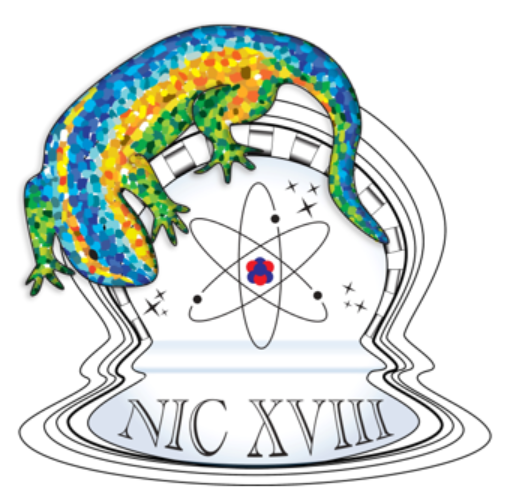https://doi.org/10.1140/epjd/e2007-00139-0
Coupling and ionization effects on hydrogen spectral line shapes in dense plasmas
1
Laboratoire de Physique des Interactions Ioniques et Moléculaires, CNRS UMR6633, Université de Provence, centre St Jérôme, case 232, 13397 Marseille Cedex 20, France
2
Institute of Spectroscopy, Troitsk, Moscow region, 142190, Russia
3
Russian Research Center “Kurchatov Institute”, Moscow, 123182, Russia
Corresponding authors: a annette.calisti@up.univ-mrs.fr - b bureyeva@sci.lebedev.ru - c lisitsa@nfi.kiae.ru
Received:
28
July
2006
Revised:
14
February
2007
Published online:
30
March
2007
A study of hydrogen lines emitted in dense and low temperature plasmas is presented. Coupling and ionization effects in a transition from impact to quasi-static broadening for electrons are analyzed with the help of the Frequency Fluctuation Model (FFM). Electron broadening of Balmer series lines is studied for different densities and temperatures spanning a wide domain from impact to quasi-static limit. It is shown that electronic broadening makes a transition from impact to quasi-static limit depending on plasma conditions and principal quantum number. Even for the Balmer alpha line, at a density equals 1018 cm-3 and a temperature equals 1 eV, this transition occurs both in the wings and the core of the line.
PACS: 32.70.Jz – Line shapes, widths, and shifts / 32.70.-n – Intensities and shapes of atomic spectral lines / 32.30.-r – Atomic spectra
© EDP Sciences, Società Italiana di Fisica, Springer-Verlag, 2007







